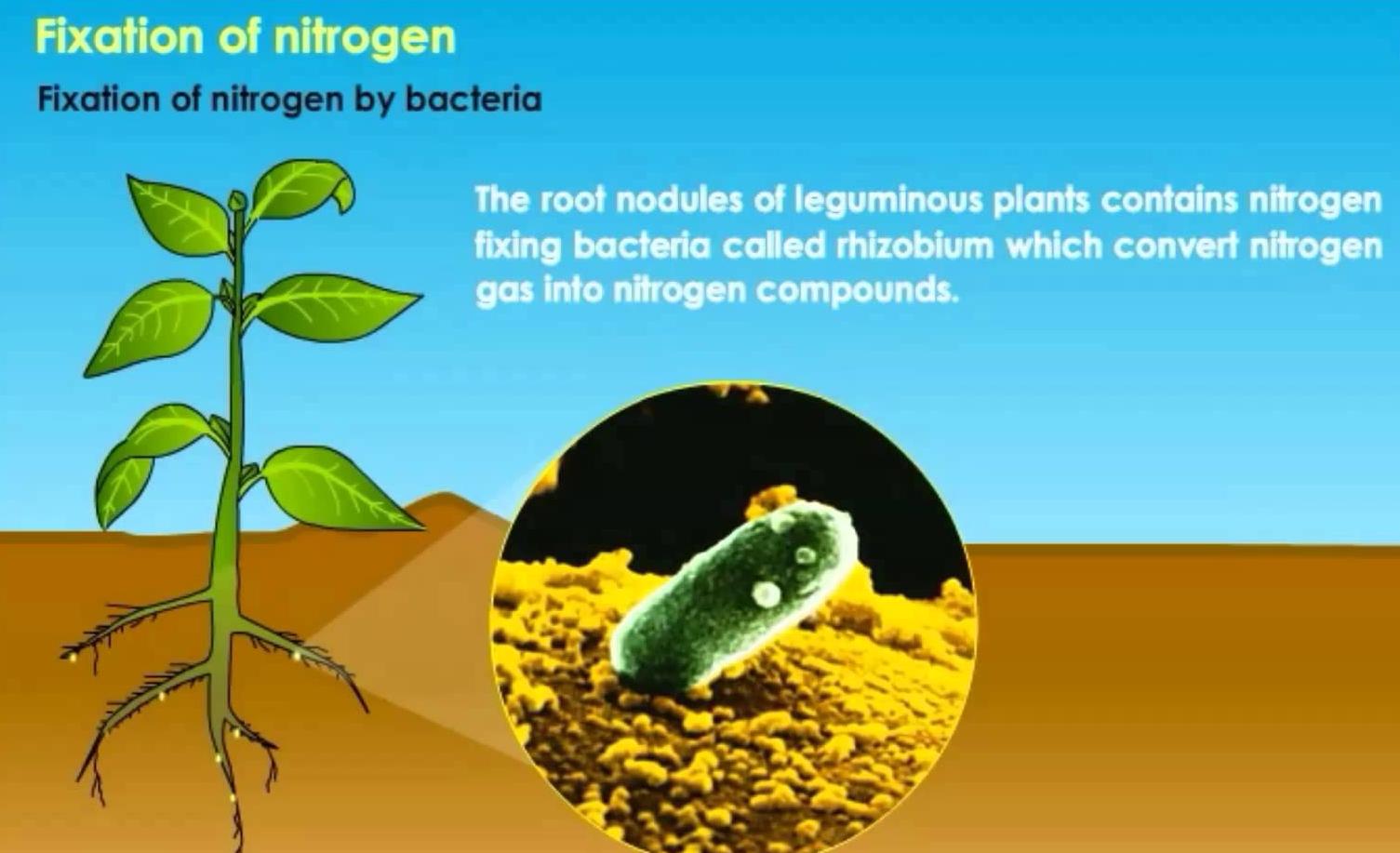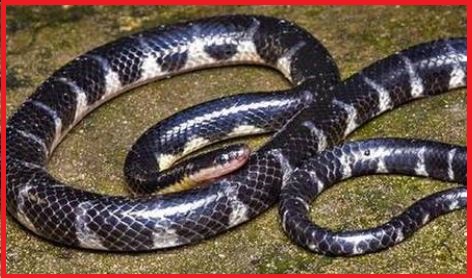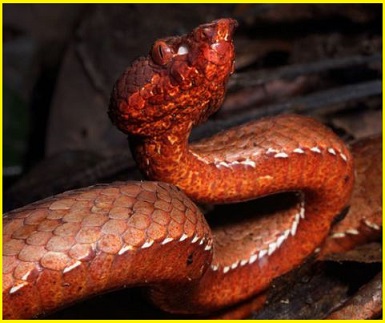Updated By: LatestGKGS Desk
Biology: Nitrogen fixation and role of bacteria in nitrogen fixation in plants

Nitrogen fixation in plants and role of bacteria
A process by which free nitrogen (N2) is extracted from the atmosphere and converted (fixed) into nitrogen compounds which are plant nutrients (fertilizer). In nature, this process is carried out by certain bacteria (present in the root nodules of legumes such as beans and peas), blue-green algae, and the lightning flash.
The conditions necessary for nitrogen fixation by Rhizobium are :
(i) Presence of enzyme nitrogenase.
(ii)A protective mechanism for the enzyme nitrogenase against O2
(iii)A non-heme iron protein-ferredoxin as an electron carrier.
(iv)The hydrogen donating system (viz, pyruvate, hydrogen, sucrose, glucose).
(v) A constant supply of ATP.
(vi)Presence of thiamine pyrophosphate (TPP), coenzyme-A, inorganic phosphate and Mg++ as co-factors.
(vii)Presence of cobalt and molybdenum,
(viii) A carbon compound for trapping
released ammonia.
In the process of biological nitrogen fixation by free-living and symbiotic nitrogen fixers, the dinitrogen molecule is reduced step by step to ammonia (NH3) by the addition of pairs of hydrogen atoms.
The pyruvic acid mainly serves as an electron donor but in some cases, hydrogen, sucrose, glucose, etc., have also been shown to operate. In leguminous plants, the glucose-6-phosphate molecule probably acts as a substrate for donating hydrogen.
The overall process occurs in presence of enzyme nitrogenase, which is active in anaerobic condition.
The enzyme nitrogenase consists of two sub-units – a non-heme iron protein (or dinitrogen reductase) and an iron molybdenum protein (Mo-Fe protein or dinitrogenase).
The Fe-protein component reacts with ATP and reduces Mo-Fe protein which then convertsN2to ammonia.
The ammonia is either directly taken by a host or is converted to nitrates with the help of nitrifying bacteria (e.g., Nitrosomonas).


